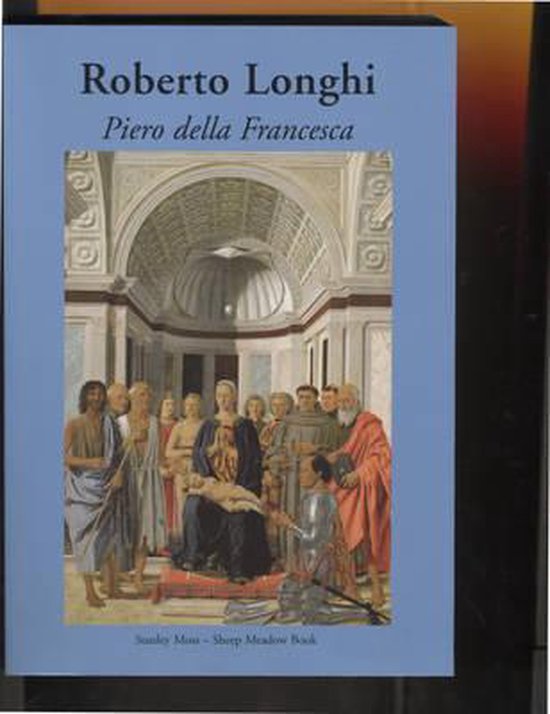
Heaven on Earth
One of the world’s most respected writers on art investigates the very different ways painting has given form to the afterlife.
The idea of heaven on earth haunts the human imagination. The day will come, say believers, when the pain and confusion of mortal life will give way to a transfigured community. Such a vision of the world seems indelible. Even politics, some reckon, has not escaped from the realm of the sacred: its dreams of the future still borrow their imagery from the prophets. In Heaven on Earth, T.J. Clark sets out to investigate the very different ways painting has given form to the dream of God’s kingdom come. He goes back to the late Middle Ages and Renaissance – to Giotto in Padua, Bruegel facing the horrors of religious war, Poussin painting the Sacraments, Veronese unfolding the human comedy. Was it to painting’s advantage, is Clark’s question, that in an age of enforced orthodoxy (threats of hellfire, burnings at the stake) artists could reflect on the powers and limitations of religion without putting their thoughts into words?
At the heart of the book stands Bruegel’s ironic but tender picture of The Land of Cockaigne, and also Veronese’s inscrutable Allegory of Love. The story ends with Picasso’s Fall of Icarus, made for UNESCO in 1958, which already seems to signal – perhaps to prescribe – an age when all futures are dead.
The idea of heaven on earth haunts the human imagination. The day will come, say believers, when the pain and confusion of mortal life will give way to a transfigured community. Such a vision of the world seems indelible. Even politics, some reckon, has not escaped from the realm of the sacred: its dreams of the future still borrow their imagery from the prophets. In Heaven on Earth, T.J. Clark sets out to investigate the very different ways painting has given form to the dream of God’s kingdom come. He goes back to the late Middle Ages and Renaissance – to Giotto in Padua, Bruegel facing the horrors of religious war, Poussin painting the Sacraments, Veronese unfolding the human comedy. Was it to painting’s advantage, is Clark’s question, that in an age of enforced orthodoxy (threats of hellfire, burnings at the stake) artists could reflect on the powers and limitations of religion without putting their thoughts into words?
At the heart of the book stands Bruegel’s ironic but tender picture of The Land of Cockaigne, and also Veronese’s inscrutable Allegory of Love. The story ends with Picasso’s Fall of Icarus, made for UNESCO in 1958, which already seems to signal – perhaps to prescribe – an age when all futures are dead.
| Auteur | | T. J. Clark |
| Taal | | Engels |
| Type | | Paperback |
| Categorie | | Kunst & Fotografie |





